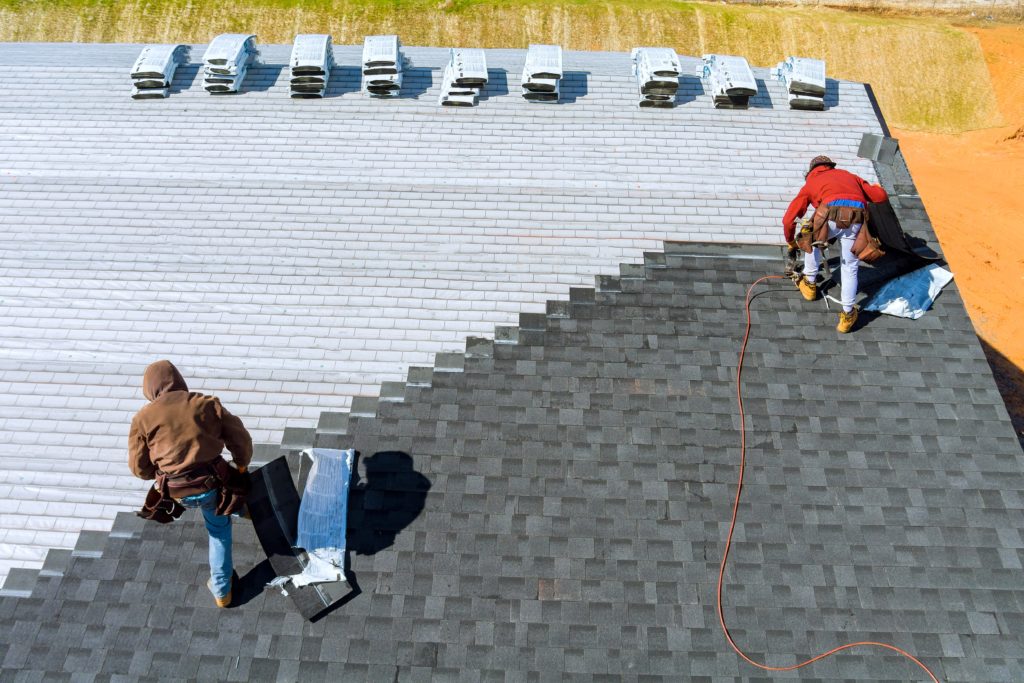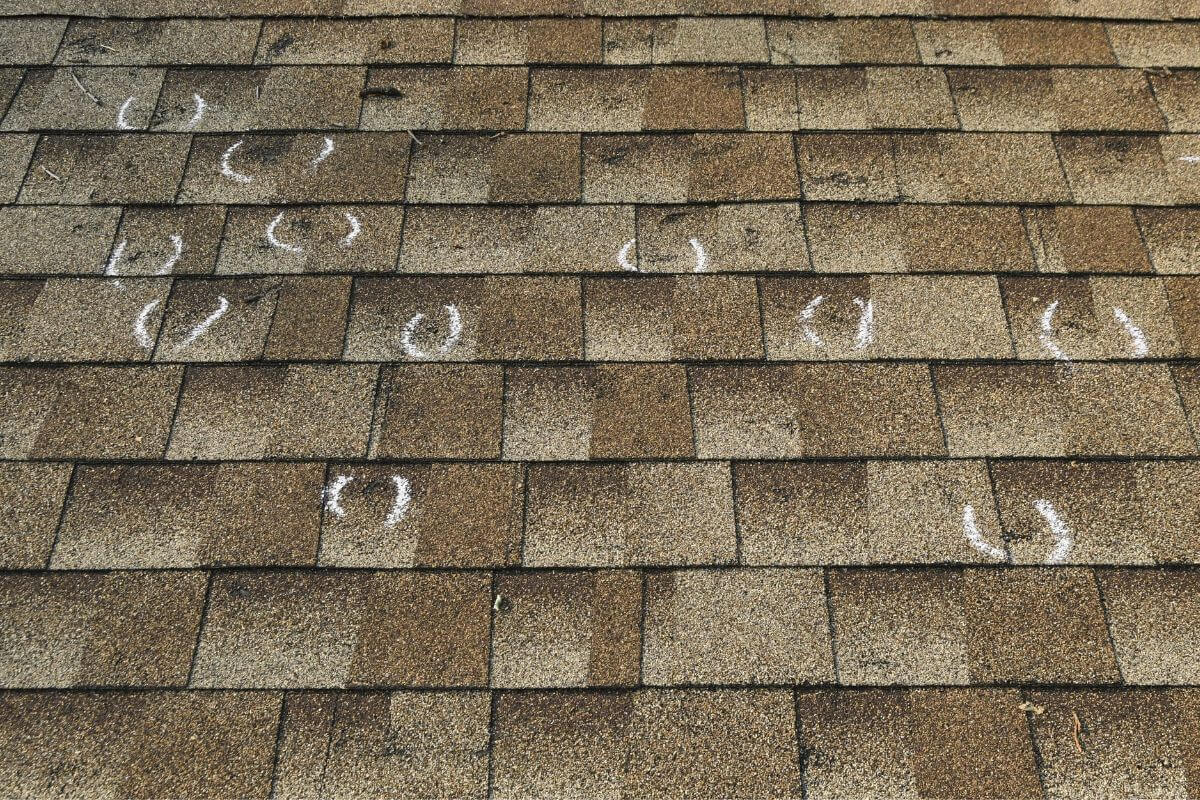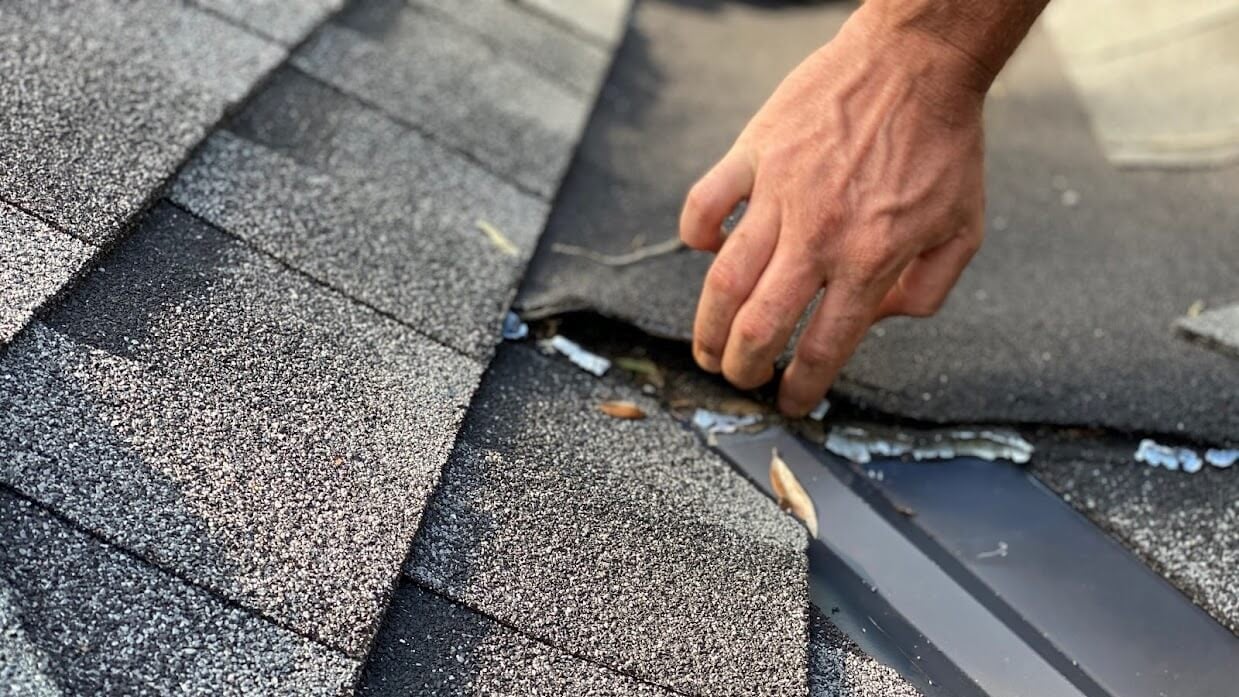Whether you’re tackling storm damage or upgrading to a fresh, sleek look, the secret to a successful roofing project lies in one critical step: accurate roof measurements.
Without them, you risk miscalculating roofing materials, ordering too many (or too few) roof shingles, and driving up costs due to unnecessary waste. The big question, then, is: how do you measure a roof for shingles with the precision of a seasoned expert?
Well, to measure a roof for shingles, you need to calculate the area of each section, add them up, and divide by 100 to find the number of shingles needed. Don’t forget to factor in slope and waste for a precise estimate!
In this guide, we’ll break it all down for you — everything from what goes into planning your roof restoration to actionable tips to make your roofing project as seamless as possible. Let’s get started!
Tools and Safety Gear for Measuring a Roof

Using the right tools and safety gear ensures accurate measurements and protects you from potential hazards associated with working at heights.
Here’s what you’ll need to get the job done safely and efficiently:
- Measuring tape: Essential for precise dimensions of length, width, and pitch.
- Sturdy ladder: Ensures stability and safe access to the roof.
- Slip-resistant shoes: Reduces the risk of slipping on sloped or slick surfaces.
- Safety gear: A hard hat, harness, and gloves provide vital protection and grip.
Always Follow Safety Guidelines
Roofing tasks are inherently risky, and taking proper precautions minimizes accidents:
- Always inspect the ladder and roof area before climbing.
- Secure the ladder on a flat, stable surface and extend it at least three feet above the edge of the roof.
- Must use a harness system when working on steep pitches or elevated surfaces.
Roof Measurement Basics
To ensure precision, it’s crucial to understand key roof features and account for all elements that contribute to the complexity of a roof’s structure. Here’s what to consider:
- Roof pitch: This refers to the slope of the roof. A steeper roof pitch increases the surface area, which means more materials are needed.
- Roof plane: Each flat section of the roof is referred to as a plane. Measuring each roof plane individually provides a comprehensive assessment.
- Roof’s surface: Beyond basic measurements, it’s essential to measure the entire roof, including all dormers, hips, and valleys. Neglecting these areas can lead to inaccuracies, costing both time and resources.
Step-by-Step Guide: How to Measure a Roof for Shingles
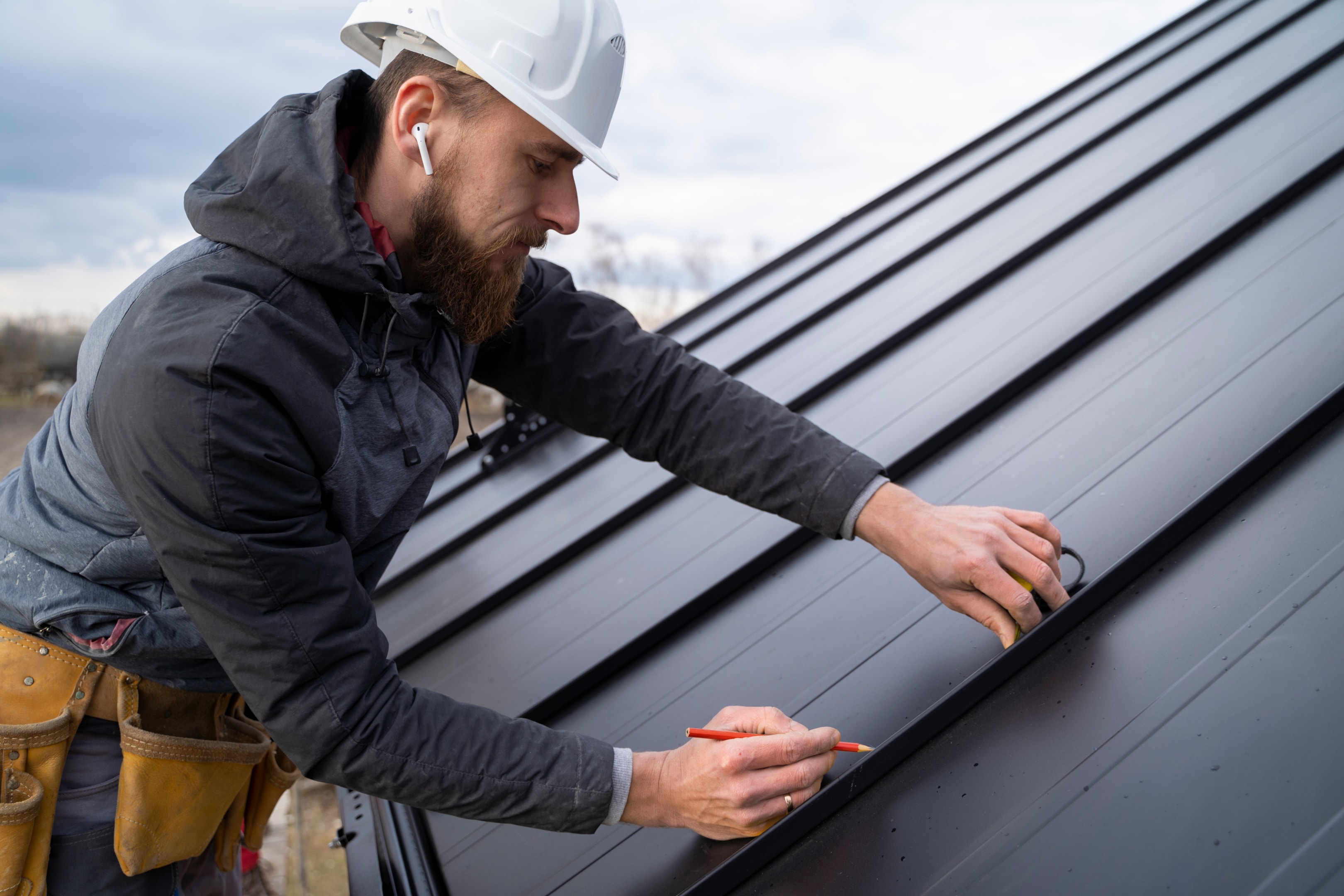
Step 1: Measure the Length and Width of the Roof Sections
First, grab a sturdy tape measure and assess each roof section. Measure the length and width of every individual section, recording these figures meticulously. These measurements are crucial for calculating the total square footage later.
Step 2: Calculate Total Roof Area
Once you have the length and width of each roof section, multiply them to find the square footage of each plane. Add up the square footage of all sections to determine the total roof area. This figure provides a baseline for estimating the number of shingles you’ll need.
Step 3: Account for Roof Pitch
Measure the vertical rise of the roof to determine the pitch multiplier, a factor used to adjust for the roof’s angles. Multiply the total square footage by the pitch multiplier to get a more accurate measurement of the roofing area.
Step 4: Account for Waste Factor
Finally, factor in the inevitable waste caused by cuts, overlaps, and trimming. To do this, add 10–15% to your measurements. This waste factor ensures you have enough shingles to cover the entire roof without running short during installation.
Determining How Many Shingles Are Needed
Roofing materials are measured in roofing squares, with one square equaling 100 square feet. Typically, three bundles of shingles cover one roofing square, but you can use a shingle calculator or manual math to determine the total.
Remember to factor in ridge caps, enough underlayment, and extra materials for future repairs. This ensures your roof is protected and ready for any adjustments down the road.
Manually Measure vs. Professional Help
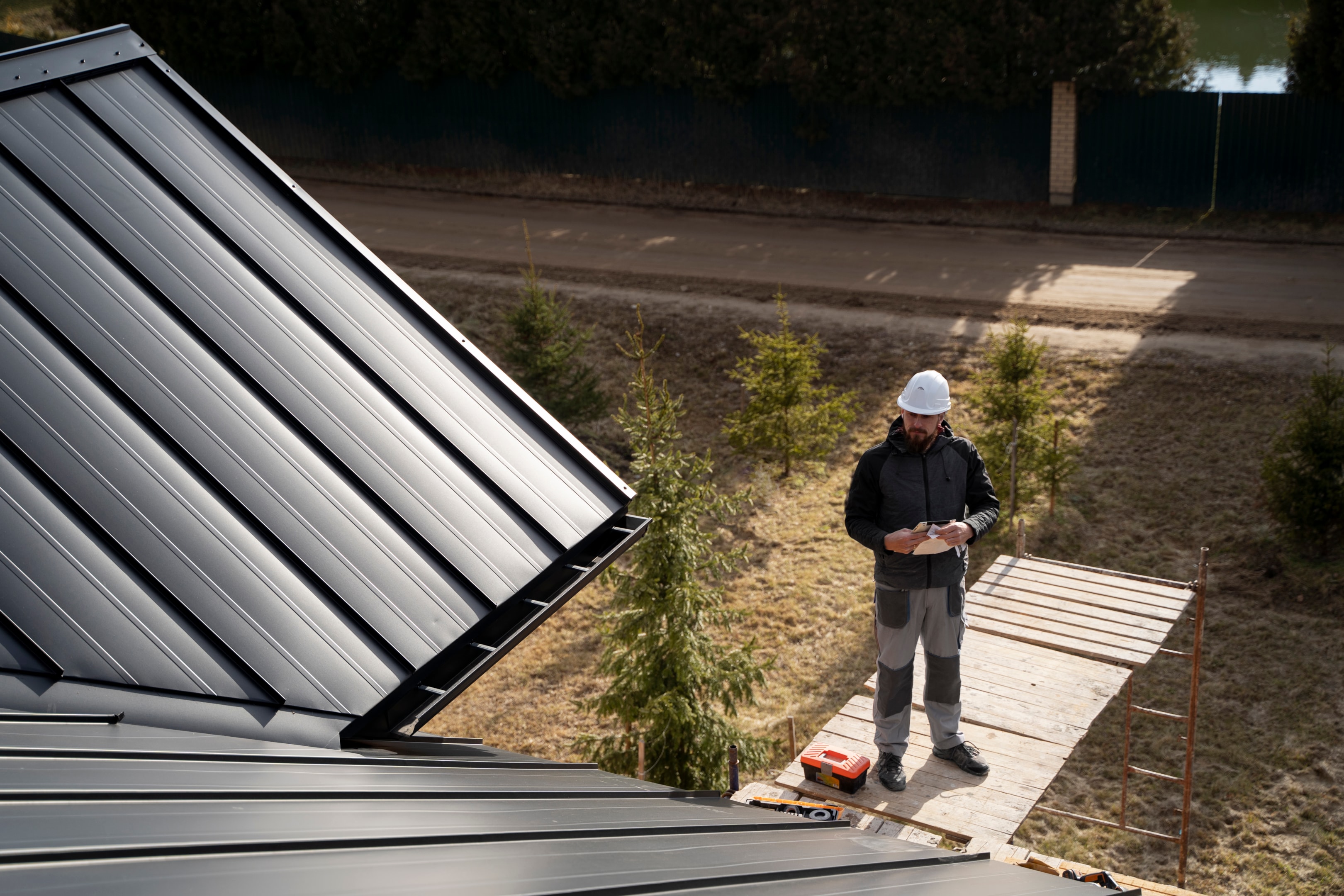
Pros and Cons:
- Manually Measuring: Ideal for simple roof designs, this DIY approach can save money but is time-consuming and prone to errors, which might lead to wasted materials.
- Professional Help: A roofing contractor ensures accurate measurements, saves time, and can spot hidden issues like structural damage or weak spots.
When to Consult a Roofing Contractor
Consulting a roofing contractor is essential when dealing with a hip roof, dormers, valleys, or other roof features. Their expertise ensures precision and avoids costly mistakes, making them reliable for most projects.
Performing Calculations and Ordering Materials
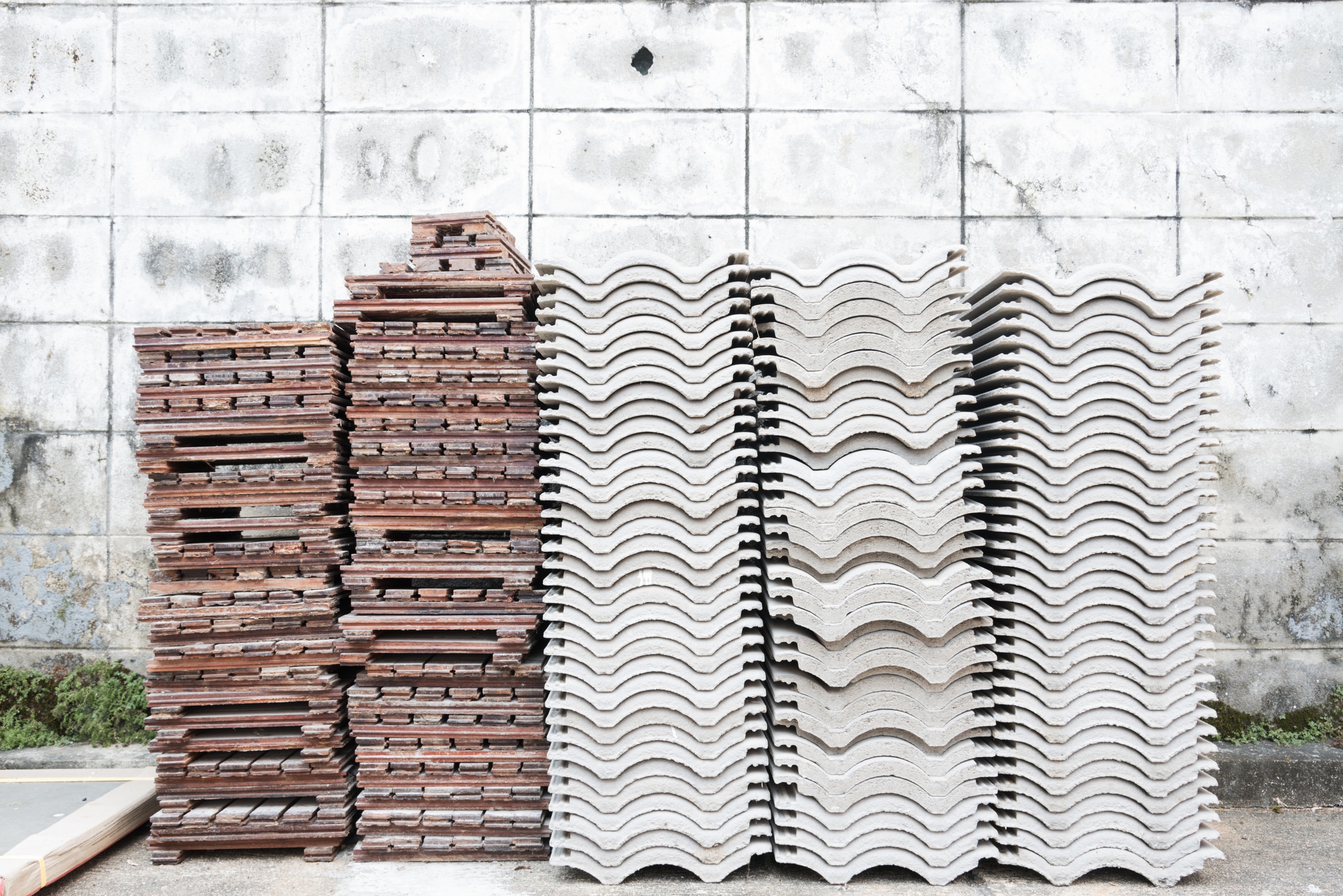
With precise measurements in hand, calculate the total square footage of your roof and use this information to identify the right materials for your project. This step helps you avoid the costly mistake of ordering too much or too little.
Tip: Verify with an Overhead View or Professional Insight
An overhead view of your roof, whether through a satellite image or drone inspection, can serve as a valuable reference for verifying your calculations. If in doubt, consulting a professional ensures all measurements and material orders align perfectly with your project needs.
Frequently Asked Questions (FAQs)
What is the best way to measure a roof for shingles?
The best method is to use a tape measure to find roof length and width, then calculate square footage, adjusting for roof pitch and waste.
How many shingles do I need for my roof?
Generally, you’ll need three bundles of shingles for every roofing square (100 square feet). A shingle calculator can help refine your estimate based on the total roof area.
What tools are essential for measuring a roof?
You’ll need a tape measure, a sturdy ladder, and proper safety gear, including a hard hat and slip-resistant shoes.
Can I measure a roof myself, or should I hire a professional?
While you can measure simpler roofs on your own, roofs with complex designs like hips and valleys are best left to professionals for accurate results.
How do I account for waste when measuring a roof?
Add 10–15% to your total square footage to cover material wasted during cutting, overlapping, and trimming shingles.
What is a pitch multiplier, and why is it important?
The pitch multiplier adjusts your flat measurements to account for the roof’s slope, ensuring accurate material estimates.
How can I ensure my measurements are accurate?
- Double-check your calculations.
- Use a chalk line or reference points for consistent measurements.
- Consult a roofing contractor if unsure.
What safety precautions should I take when measuring a roof?
Always wear a hard hat, use a stable ladder, and wear slip-resistant shoes. Avoid measuring in bad weather.
How do I calculate the total roof area?
Measure each roof plane, multiply the length by the width for each, and then sum the results for the entire roof. Adjust for pitch and waste.
What materials should I order besides shingles?
Don’t forget ridge caps, underlayment, roofing nails, and additional materials for future repairs.
